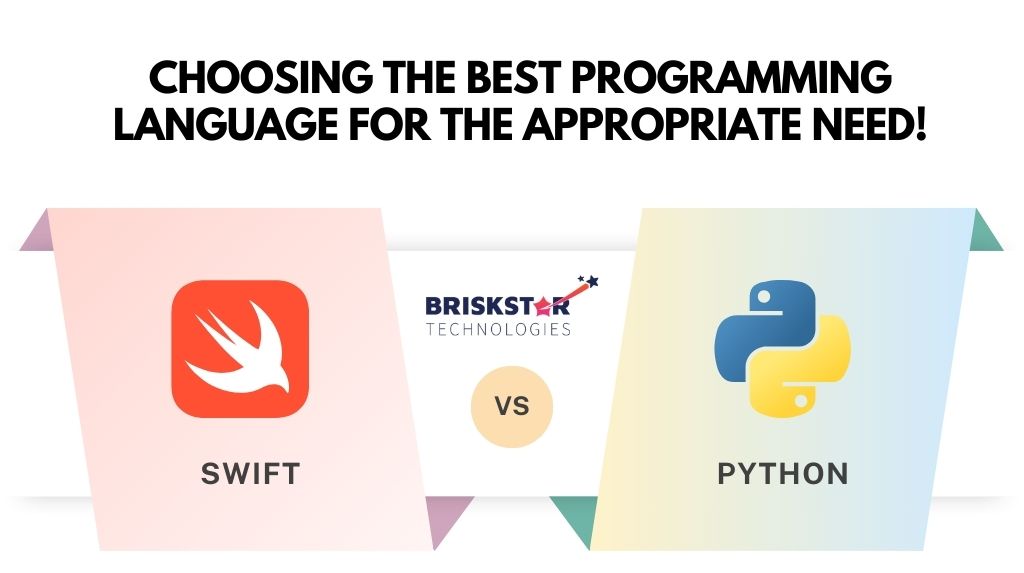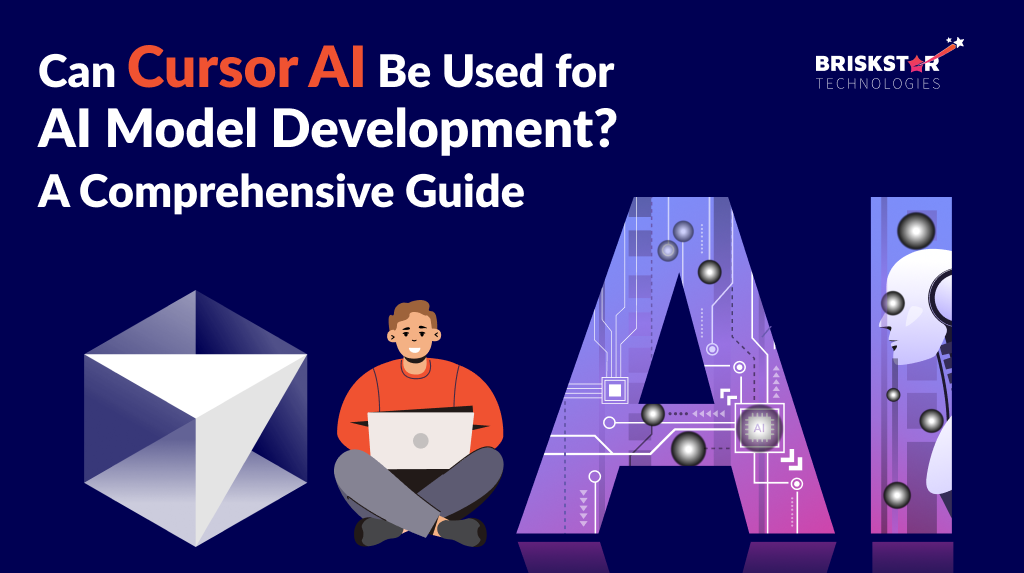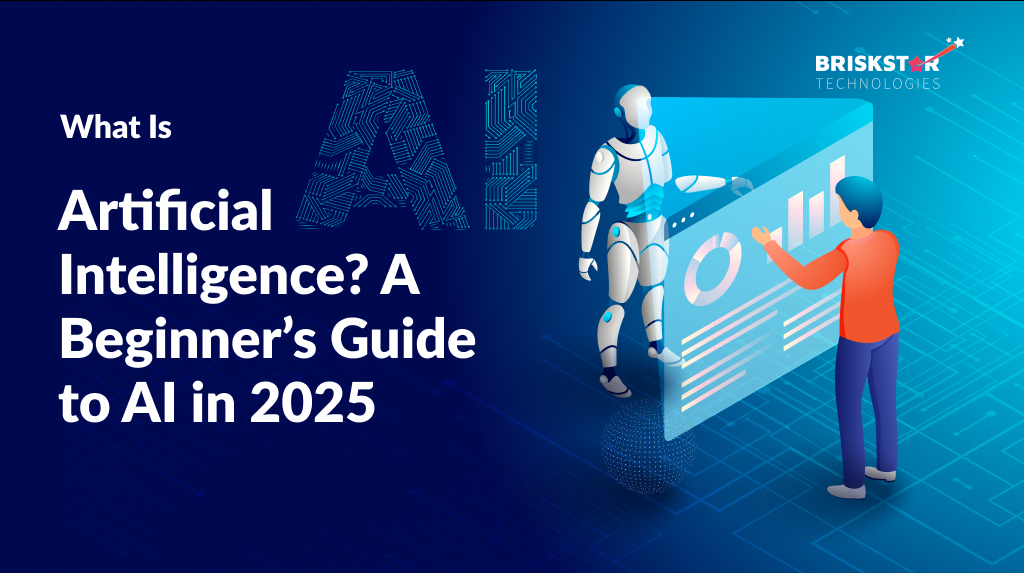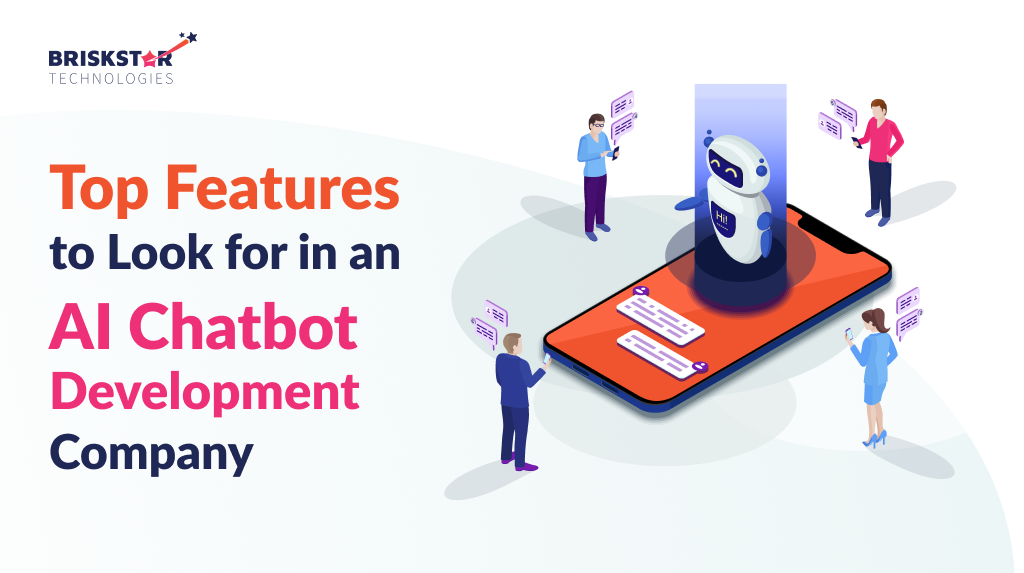Swift vs Python: Choosing the Best Programming Language for the Appropriate Need!
Introduction
Choosing the right programming language is a critical decision in software development. The language you select can significantly impact the performance, scalability, and maintainability of your application. Among the myriad of programming languages available today, Swift and Python have emerged as two popular choices, each with its unique strengths and applications.
Swift is predominantly used for iOS app development, while Python has carved its niche in web app development and data science. This blog aims to provide a comprehensive analysis of both languages, helping you determine which one is best suited for your specific needs, whether you’re venturing into mobile app development or exploring web applications.
What is Swift?
Swift is a powerful programming language developed by Apple, first released in 2014. It was designed to replace Objective-C as the primary language for iOS and macOS development. Swift has evolved rapidly, with continual updates enhancing its capabilities and performance.
Key Features of Swift
Safety: Swift includes features like optionals and type inference, which reduce the chances of runtime errors.
Performance: Swift is optimized for speed, making it a great choice for high-performance applications.
Modern Syntax: The syntax of Swift is clean and easy to read, which facilitates faster development.
Interoperability: Swift can work alongside Objective-C, allowing developers to integrate it into existing projects seamlessly.
B. Use Cases of Swift
1. Focus on iOS App Development
Swift shines in the realm of iOS app development. Apple has invested heavily in Swift, ensuring it remains integral to their ecosystem. As a result, developers using Swift can take full advantage of the latest iOS features and functionalities.
2. Benefits of Using Swift for Mobile App Development
Swift offers numerous benefits for mobile app development, including:
Rich Ecosystem: With a plethora of libraries and frameworks, Swift developers can enhance their applications quickly.
Community Support: As Swift has gained popularity, a vibrant community has formed, offering resources, forums, and third-party tools.
Fast Development Cycle: The modern syntax and features allow developers to write code more efficiently, reducing time-to-market.
What is Python?
Python is a versatile, high-level programming language first released in the early 1990s. It has gained immense popularity due to its readability, simplicity, and wide-ranging applications.
Key Features and Advantages of Python
Easy to Learn: Python’s straightforward syntax makes it accessible for beginners.
Versatile: Python is used in various domains, including web development, data analysis, artificial intelligence, and scientific computing.
Extensive Libraries: The language boasts a rich set of libraries and frameworks, such as Django and Flask for web app development.
Strong Community: Python has a robust community, providing abundant resources and support for developers.
Use Cases of Python
1. Focus on Web App Development
Python is predominantly used in web app development. Its frameworks, like Django and Flask, provide the tools necessary for building robust web applications efficiently.
2. Discussion of Python Development Services Available
Many companies offer specialized python development services. These services can help businesses leverage Python’s capabilities for building scalable and dynamic web applications, ensuring they meet specific industry needs.
Swift for iOS App Development
A. Detailed Analysis of Swift’s Role in iOS App Development
Swift is the backbone of iOS app development. Its close integration with Apple’s development environment, Xcode, allows developers to create applications that are not only high-performing but also visually appealing and user-friendly.
B. Pros of Using Swift for Mobile Apps
Performance: Swift applications typically run faster than those written in other languages, thanks to its compiled nature.
Security: Swift’s safety features lead to fewer vulnerabilities, making it an excellent choice for apps that handle sensitive user data.
User Experience: Swift allows developers to create fluid and responsive interfaces, enhancing the overall user experience.
C. Tools and Frameworks that Enhance iOS App Development with Swift
Several tools and frameworks can enhance iOS app development using Swift, such as:
Xcode: The official integrated development environment for macOS, providing everything needed to create apps for Apple platforms.
SwiftUI: A modern UI toolkit that simplifies the creation of user interfaces across all Apple platforms.
CocoaPods: A dependency manager that helps developers manage third-party libraries easily.
Python for Mobile App Development
A. Exploring Python’s Capabilities in Mobile App Development
While Python is not the first choice for mobile app development, it offers capabilities through various frameworks. For instance, Kivy allows developers to create cross-platform applications, including mobile apps.
B. Frameworks Available for Python Mobile App Development
Kivy: An open-source Python library for developing multitouch applications, suitable for both mobile and desktop apps.
BeeWare: A collection of tools and libraries for building native user interfaces for mobile and desktop platforms.
PyQt or PySide: While primarily for desktop applications, they can be wrapped for mobile deployment.
C. Comparison of Python’s Mobile App Capabilities Versus Swift
When comparing Python to Swift for mobile app development, Swift clearly takes the lead. Swift’s performance and integration with Apple’s ecosystem make it the preferred choice for iOS apps. However, Python can be advantageous for projects that require rapid prototyping or that need to run on multiple platforms.
Swift vs Python: Comparison for Web App Development
A. Analyzing the Strengths and Weaknesses of Swift in Web App Development
While Swift can be used for web app development, particularly with the introduction of frameworks like Vapor, it is generally not as popular as Python. Swift’s strengths lie in mobile and desktop applications, while its web capabilities are still evolving and may not yet compete with Python’s established frameworks.
B. Exploring Python’s Dominance in Web App Development
Python has established dominance in web app development with frameworks like Django and Flask, which are widely used for building scalable applications. The language’s simplicity and extensive libraries give it a significant edge in this domain.
C. Case Studies of Successful Web Applications Built with Swift and Python
While there are notable applications built with both languages, Python’s extensive use in web development is illustrated by platforms like Instagram and Pinterest, which utilize Django for their back-end. In contrast, Swift is more commonly associated with mobile applications, such as the Airbnb iOS app, which leverages Swift for its performance and user interface.
Choosing Based on Your Needs
A. Criteria for Choosing the Right Programming Language
When deciding between Swift and Python, consider the following criteria:
Target Platform: If your primary focus is iOS app development, Swift is the clear winner. For web applications, Python is generally preferred.
Project Requirements: Consider the specific functionalities you need. If you require rapid prototyping or data analysis, Python may be more suitable.
Development Speed: If you need to get a product to market quickly, Python’s simplicity could provide an edge.
B. Situations Where Swift Excels
iOS App Development: Swift is specifically designed for building iOS applications, providing tools and frameworks tailored for this purpose.
Mobile App Development: Swift’s performance and user experience features make it ideal for mobile applications targeting Apple devices.
C. Situations Where Python Stands Out
Web App Development: Python is a go-to choice for building robust web applications, offering a plethora of frameworks and libraries.
Python Development Services: For businesses looking to implement data science or machine learning solutions, Python development services can provide the expertise needed to harness Python’s full potential.
Hiring Considerations
A. Factors to Consider When Hiring Developers
When hiring developers, consider their expertise in the required language, their familiarity with relevant frameworks, and their ability to work within your project timelines.
B. Hiring a Dedicated Python Developer vs. Hiring a Swift Developer
Hiring a dedicated Python developer may be preferable for web projects due to their proficiency in web frameworks and development practices. Conversely, if your project is focused on iOS app development, hiring a Swift developer who is well-versed in Apple’s development guidelines may be more beneficial.
C. Implications for Project Scope and Timelines
The choice of language and developer can greatly affect your project’s scope and timelines. A developer experienced in the chosen language can navigate challenges more efficiently, leading to faster project completion.
Conclusion
In conclusion, both Swift and Python have their unique strengths and applications. Swift is the superior choice for iOS app development, while Python dominates web app development with its extensive frameworks and ease of use. As you assess your project needs, consider the specific goals and platforms you’re targeting. Ultimately, understanding the strengths of each language will empower you to make an informed decision.
FAQs About Swift vs Python
What are the best practices for Android app development using Swift?
While Swift is not typically used for Android development, best practices involve focusing on cross-platform tools like Flutter for mobile apps or using Swift for backend services.
How can I find reliable python development services for my project?
Look for reputable companies with a portfolio of successful Python projects, client testimonials, and a strong community presence.
Should I hire a dedicated Python developer or a Swift developer for mobile app development?
If your focus is on iOS, hire a Swift developer. For cross-platform solutions, consider a Python developer with experience in mobile frameworks.
What are the advantages of using Swift for iOS app development compared to Python?
Swift offers a more integrated experience with Apple’s ecosystem, higher performance, and better user interface capabilities.
What frameworks are best suited for web app development with Python?
Django and Flask are among the most popular frameworks for web app development with Python, catering to various project needs.
Choosing between Swift and Python ultimately hinges on your specific project requirements and goals. Whether you’re building a slick iOS app or a robust web application, understanding the intricacies of each language will guide you toward success in your development journey.
![circle-shapes]()











